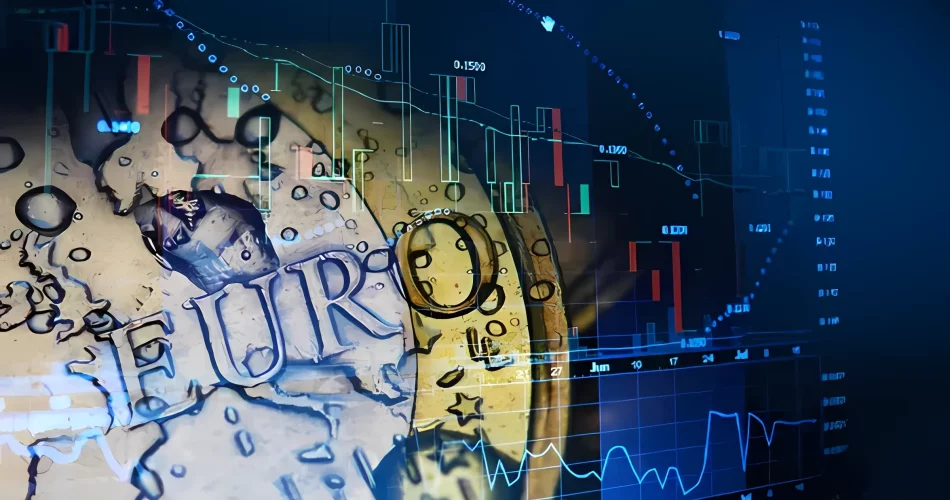In today’s global economy, forex trading has become a ubiquitous tool for financial transactions. Trillions of dollars are traded every day, with investors seeking profit from fluctuations in exchange rates. However, behind the scenes of this lucrative market lies a hidden environmental impact that is rarely discussed – the carbon footprint of forex trading. This article aims to shed light on this issue, uncovering the environmental consequences of forex trading and exploring the numbers that reveal its true climate impact.
Unveiling the Environmental Consequences of Forex Trading

Forex trading is a highly digitalized and globally connected industry, relying heavily on technological infrastructure and electronic communications. These systems, which enable the rapid execution of trades, consume vast amounts of electricity. Data centers, servers, and high-speed internet connections all contribute to the industry’s substantial energy consumption and subsequent greenhouse gas emissions. Moreover, the constant need for real-time data analysis and algorithmic trading further intensifies the energy requirements, adding to the environmental consequences.
Forex Trading’s Climate Impact: Unraveling the Numbers

To truly understand the carbon footprint of forex trading, it is essential to consider the volume of trades conducted daily. According to industry estimates, the average daily trading volume exceeds $6 trillion, making it one of the largest financial markets globally. This sheer scale translates into significant energy consumption and greenhouse gas emissions. Recent studies have estimated that forex trading accounts for approximately 0.5% of global electricity consumption, with carbon emissions comparable to those of a small country. These numbers emphasize the magnitude of the industry’s climate impact.
Investigating the Carbon Footprint of the Forex Market

Examining the various components that contribute to the carbon footprint of the forex market allows for a more comprehensive understanding of its environmental toll. Firstly, the energy consumed by data centers, which house the servers and infrastructure required for online trading, is a significant factor. Optimizing the energy efficiency of these facilities, transitioning to renewable energy sources, and implementing sustainable data management practices are potential avenues for mitigating the industry’s impact. Additionally, the transportation of traders, employees, and equipment, as well as office spaces and their associated energy consumption, should also be considered.
The Dark Side of Forex Trading: Environmental Fallout

While forex trading is often lauded for its potential for financial gain and global connectivity, the environmental fallout of this industry remains in the shadows. The excessive energy consumption and resulting carbon emissions contribute to climate change, exacerbating global warming and its associated consequences. As the world becomes increasingly aware of the urgent need to reduce greenhouse gas emissions, it is crucial to address the hidden environmental impact of forex trading and seek sustainable alternatives that align with the transition towards a low-carbon economy.
Shedding Light on the Ecological Toll of Forex Trading
To mitigate the environmental consequences of forex trading, industry participants must take responsibility and proactively seek sustainable solutions. Financial institutions and forex brokers should prioritize energy-efficient infrastructure, invest in renewable energy sources, and adopt environmentally friendly practices. Likewise, regulators play a vital role in enforcing accountability and implementing policies that encourage sustainability within the forex market. Increased transparency regarding carbon emissions and energy consumption should also be promoted, enabling investors to make informed choices and support environmentally conscious trading platforms.

Forex trading’s carbon footprint is an often overlooked aspect of the industry, but its environmental consequences are significant. As global efforts to combat climate change intensify, understanding and addressing the climate impact of forex trading becomes increasingly crucial. By unveiling the industry’s carbon footprint, investigating the contributing factors, and shedding light on the ecological toll, the forex market can take steps towards a more sustainable and environmentally friendly future. Only through collective action and conscious decision-making can the hidden impact of forex trading be exposed and mitigated, aligning the industry with the growing global commitment to combat climate change.

